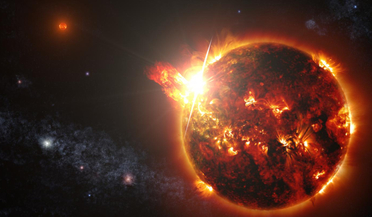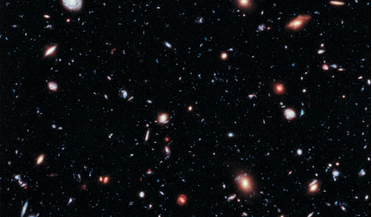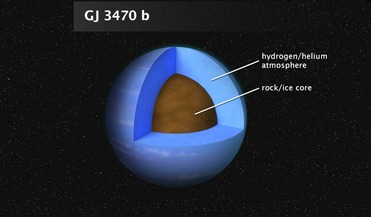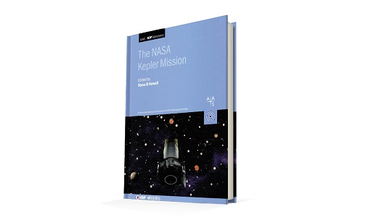 12 October 2016
Proxima Centauri reveals yet more intrigue as a cycle of dramatic sunspots is observed
12 October 2016
Proxima Centauri reveals yet more intrigue as a cycle of dramatic sunspots is observed
... one.) For bodies like Proxima Centauri however, the interior of a small red dwarf star should be convective all the way into the star's core, so accordingly it shouldn't experience a regular cycle of activity. "The existence of a cycle in Proxima...
 23 December 2020
Harmful stellar flares might not prevent life on exoplanets after all, new study says
23 December 2020
Harmful stellar flares might not prevent life on exoplanets after all, new study says
...doom and gloom. After an extensive study of planets orbiting within the habitable zones of M and K dwarf stars – the most common stars in the universe – a team of researchers used a combination of 3D atmospheric chemistry and climate modelling to see...
 November 2020
The alien hunter’s field manual
November 2020
The alien hunter’s field manual
...’s concept shows the newly discovered exoplanet Kepler-1649c orbiting in the habitable zone of its host red dwarf star. It is the closest to Earth in size and temperature found yet in Kepler’s data. Future telescopes The effectiveness of a telescope...
 03 July 2019
New study reveals detailed exoplanet atmosphere
03 July 2019
New study reveals detailed exoplanet atmosphere
... Gliese 3470 b may have formed very close to its red dwarf star as a dry, rocky object and piled on vast quantities ...Sun, GJ 3470 b may have formed very close to its red dwarf star as a dry, rocky object. It then gravitationally pulled in hydrogen and...
 22 June 2021
The NASA Kepler Mission
22 June 2021
The NASA Kepler Mission
... revealed “the fact that planets outnumber stars in our Galaxy”. This is apparently because dwarf stars are more likely to have more planets than larger stars and “M-dwarfs comprise ~75% of the stars in the Milky Way”. It should be said, however...
 August 2018
Flying to the stars
August 2018
Flying to the stars
... surface of the planet Proxima b orbiting the red dwarf star Proxima Centauri, the closest star to the solar system. Flying to the stars Sending a world ship with thousands of passengers to a star will only be possible for a humanity that has command...